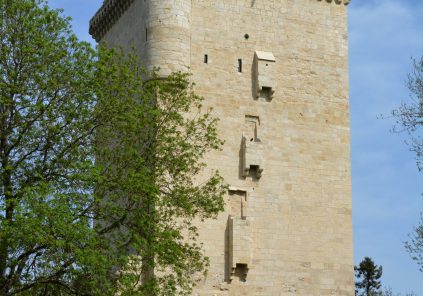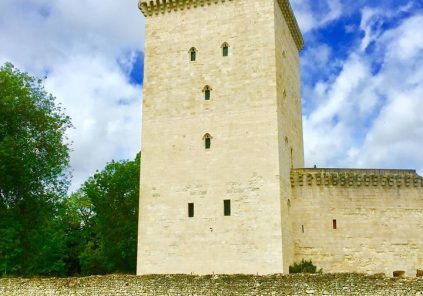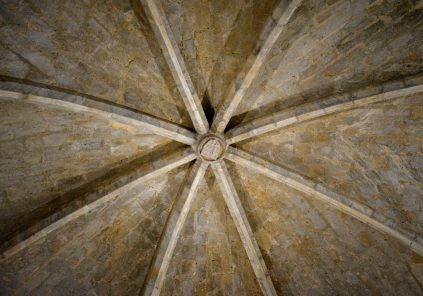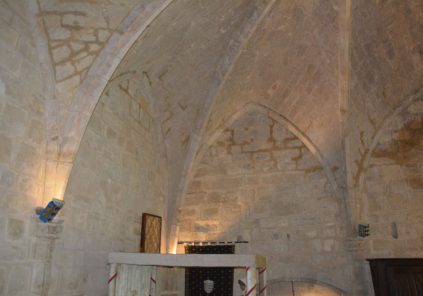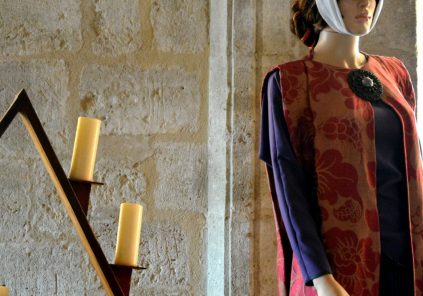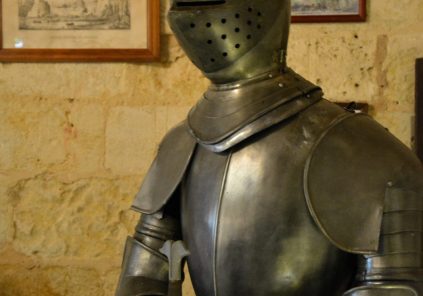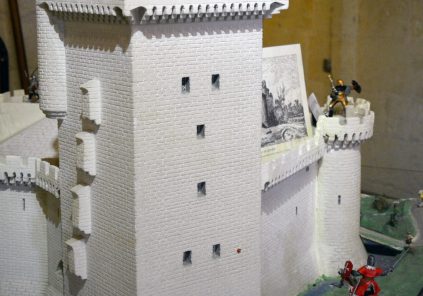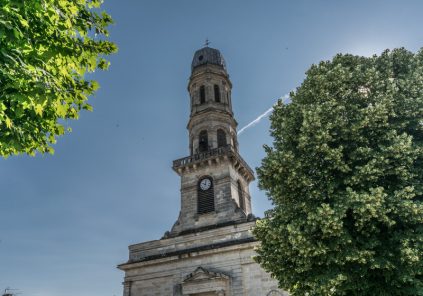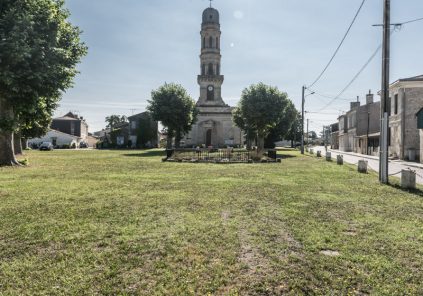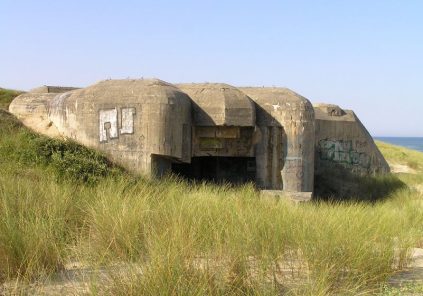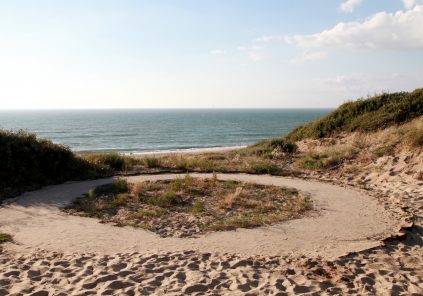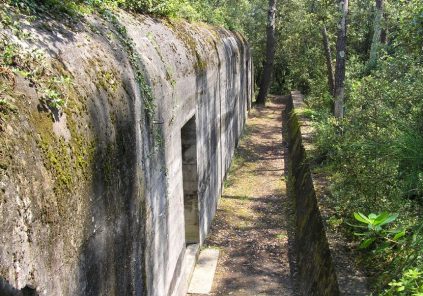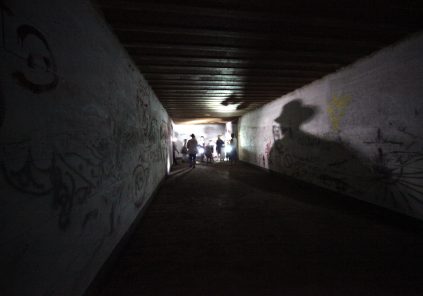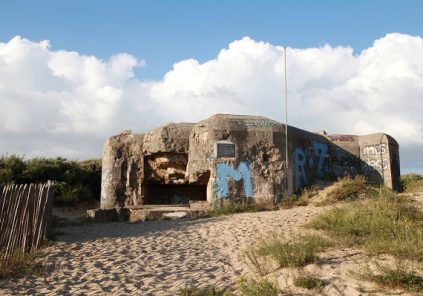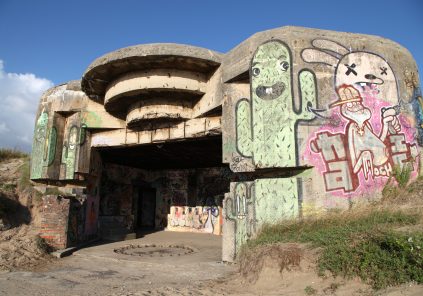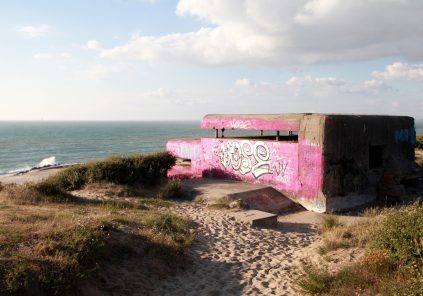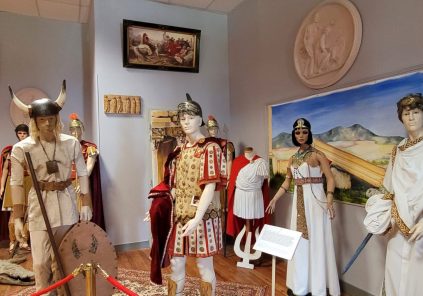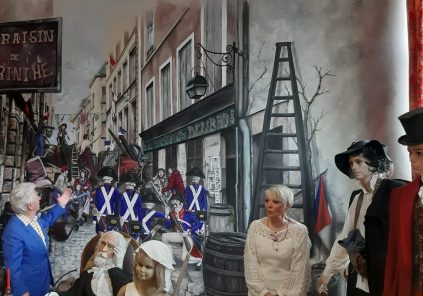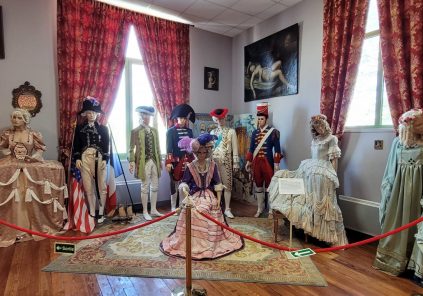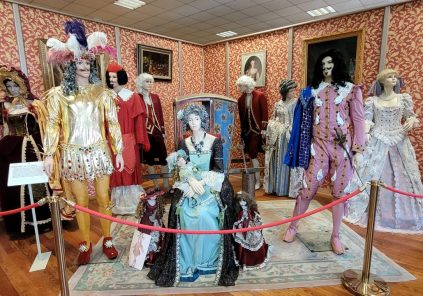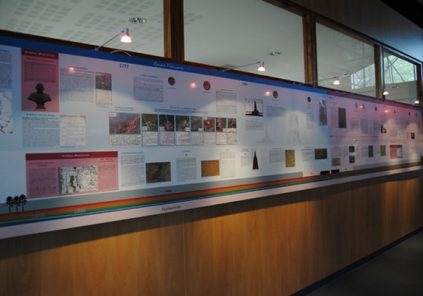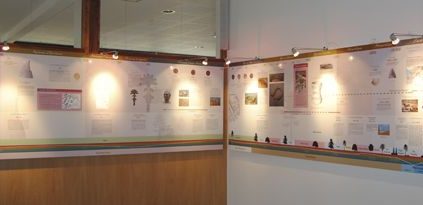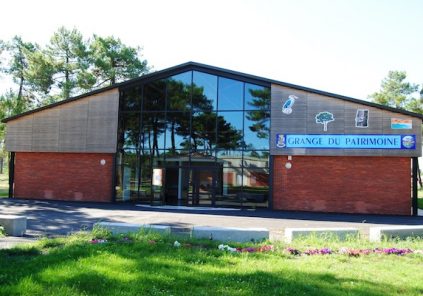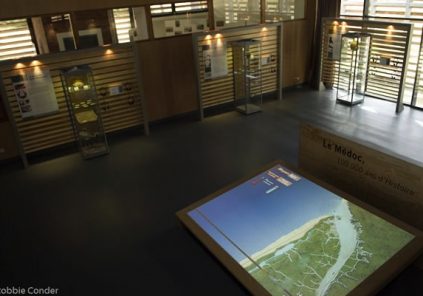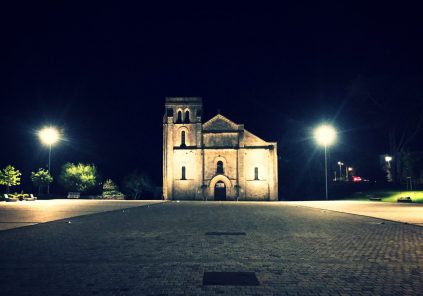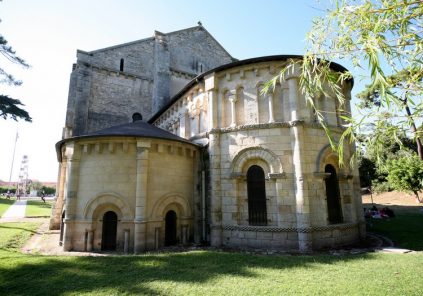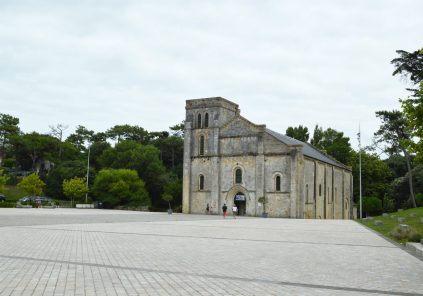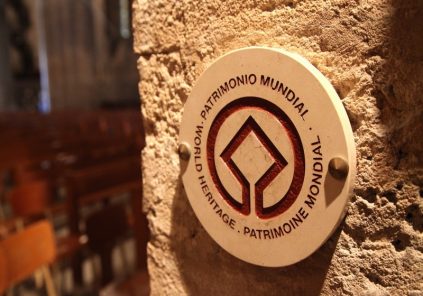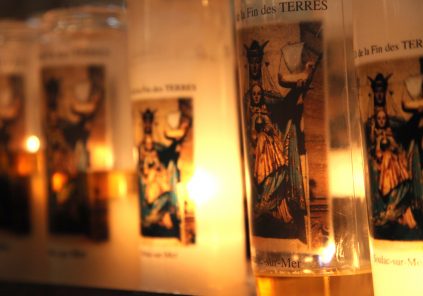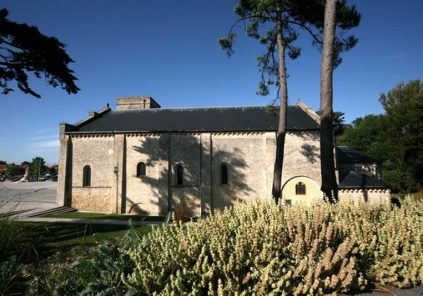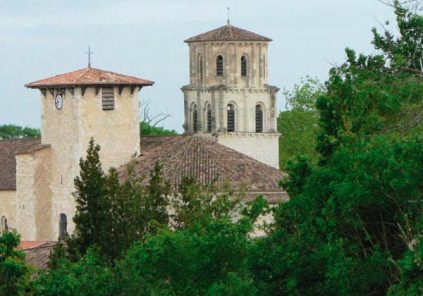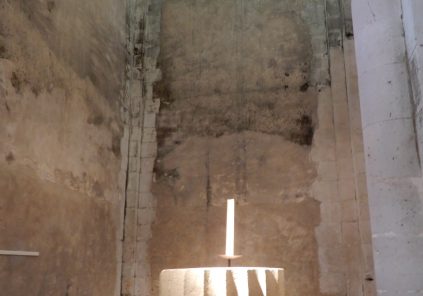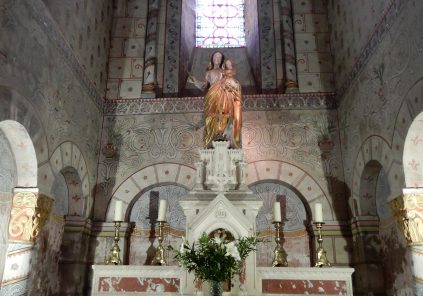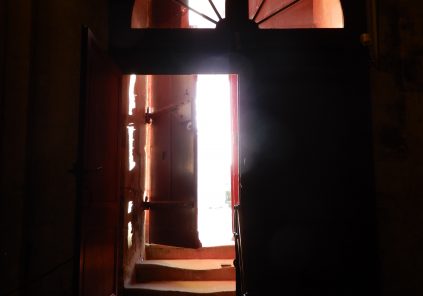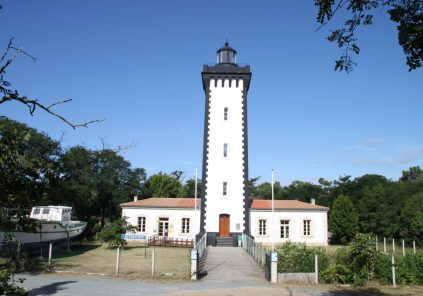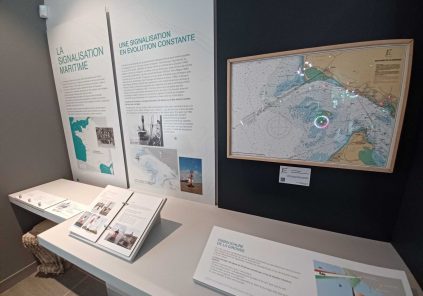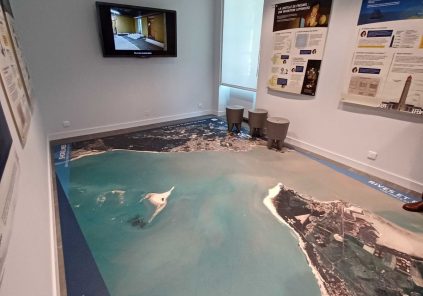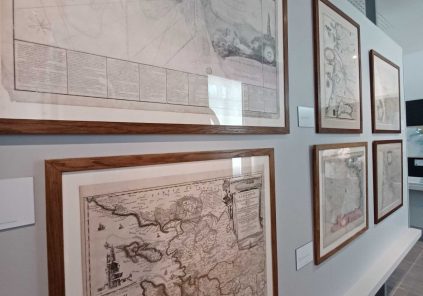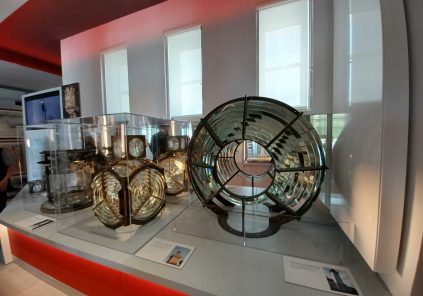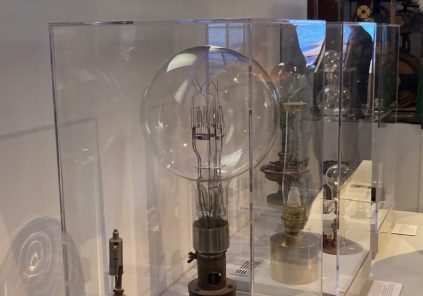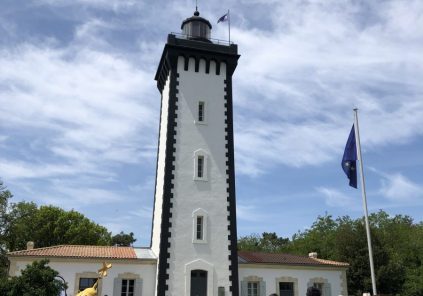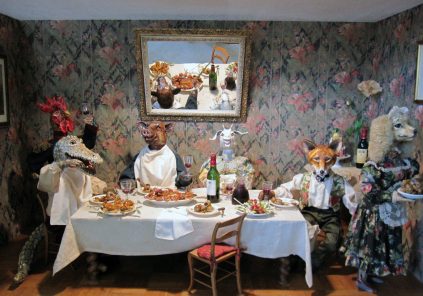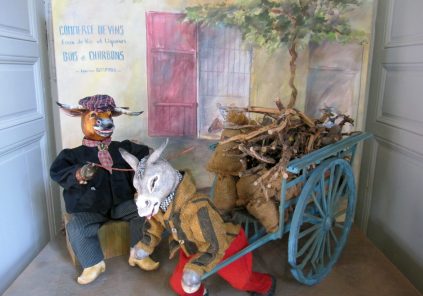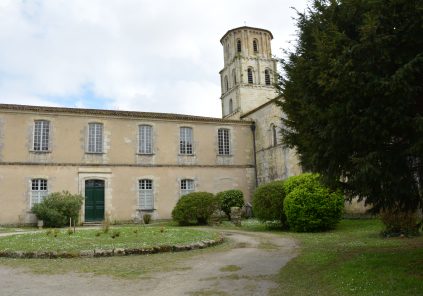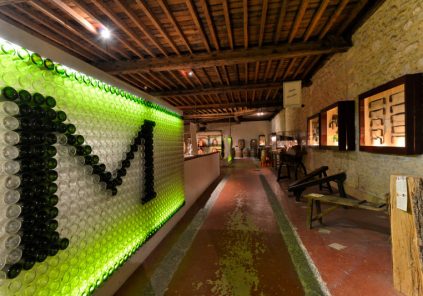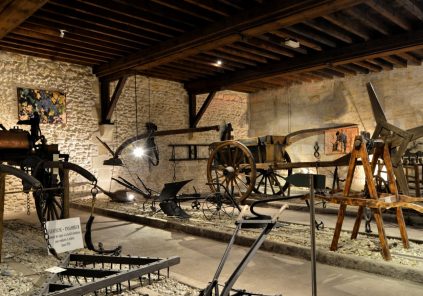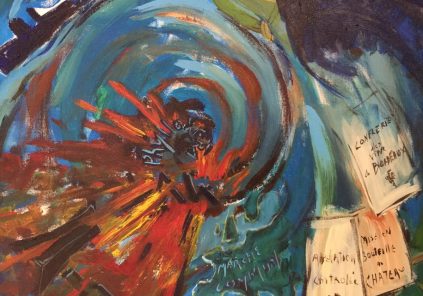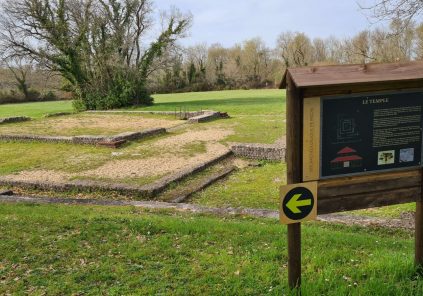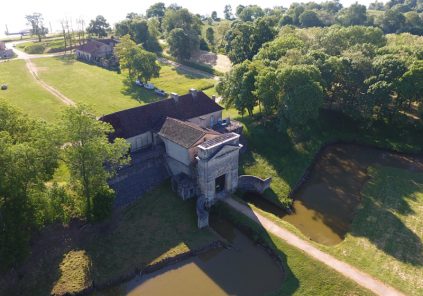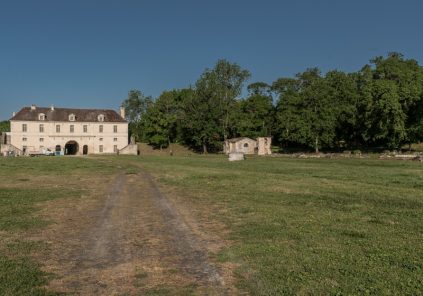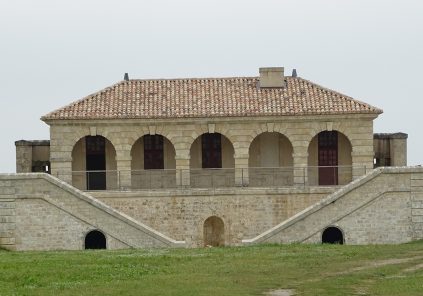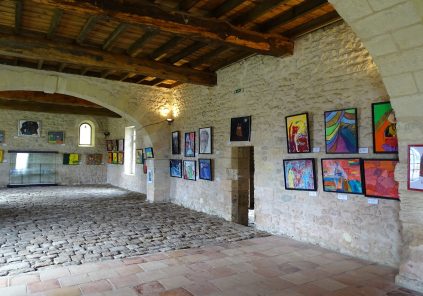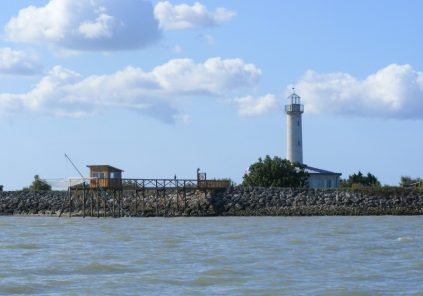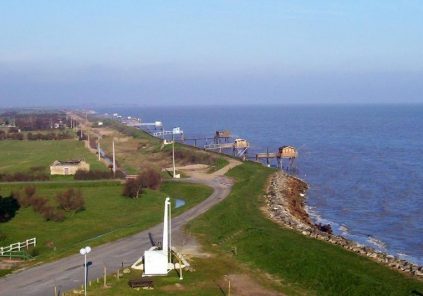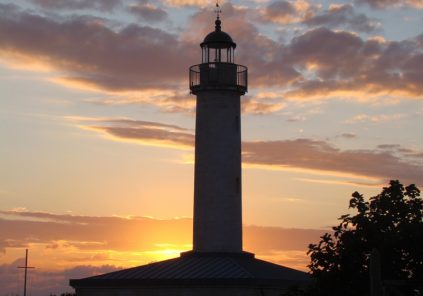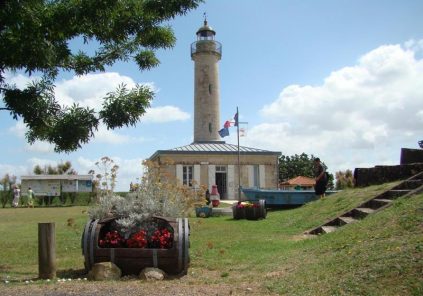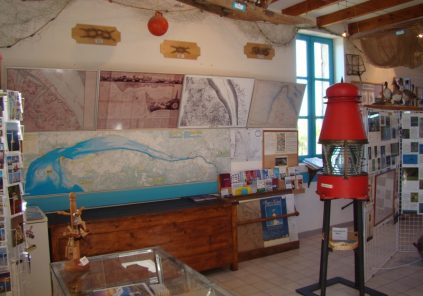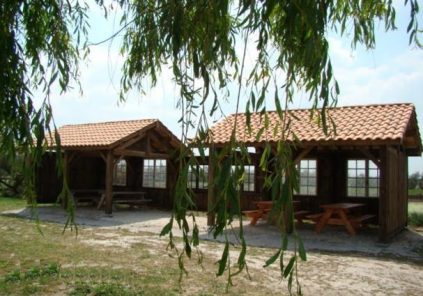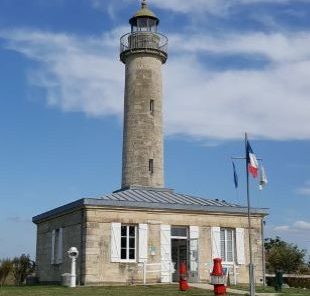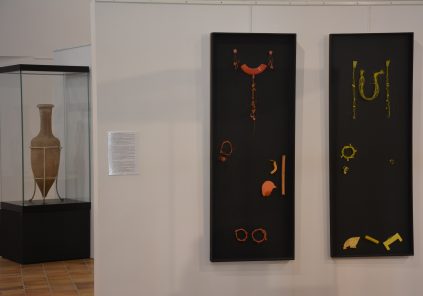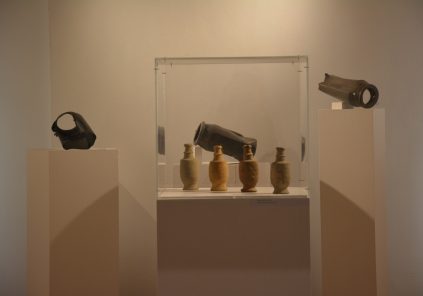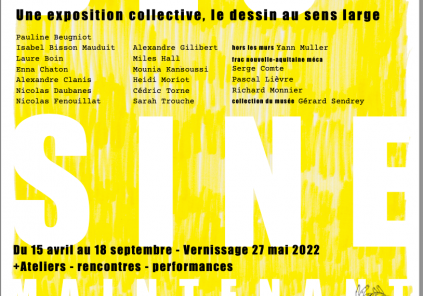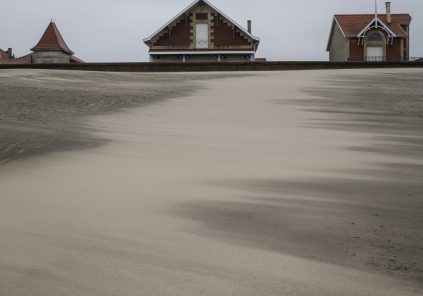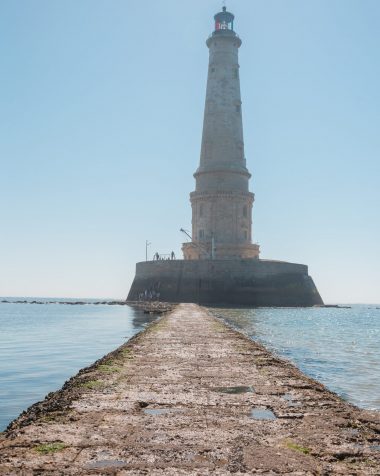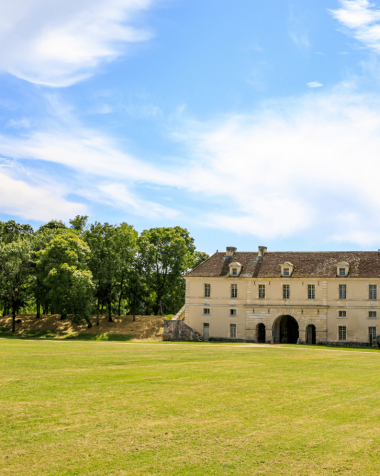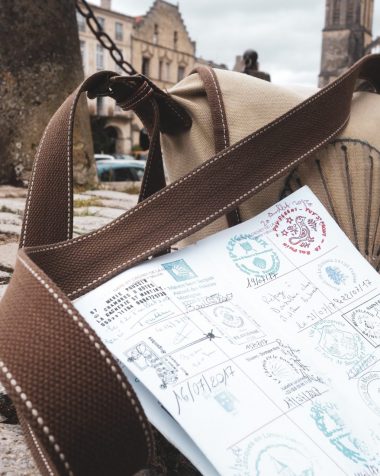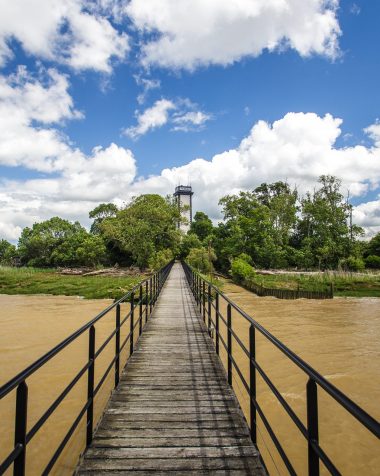Renowned for its Estuary, its immense pine forests, its beaches as far as the eye can see, its gigantic lakes, its prestigious vineyards, its sensitive natural areas, the Médoc is also renowned for its cultural heritage.
Some monuments are universally renowned and are part of the Iconics in Gironde, such as Fort Medoc or from the Cordouan lighthouse (Le Verdon-sur-Mer) "the Versailles of the Sea", the latter candidate for inclusion on the UNESCO World Heritage List. Let's also not forget the Basilica of Our Lady of the End of the Lands (Soulac-sur-Mer), inscribed on the UNESCO World Heritage List under the routes to Santiago de Compostela.
Others deserve to be known: wine castles, which are so many architectural gems, Romanesque churches, medieval castles, mills, lighthouses, seaside resorts with their colorful villas, are to be discovered during multiple rewarding walks.
Within the perimeter of Medoc Regional Natural Park, 6 sites deserve a spotlight: from Gallo-Roman Antiquity to the Second World War, they bear witness to the rich history and heritage of the peninsula.
How about visiting them all?
Brion archaeological site
In a landscape of fields and groves of trees, in the heart of the Reysson marshes, nestle the ruins of a small Gallo-Roman settlement which covered approximately 12 hectares. identified as that of Noviomagus, she was with Bordeaux (Burdigala) one of the two towns of the Bituriges Vivisques, the city of which Bordeaux was the capital. It developed between the middle of the 1er century and the middle of the XNUMXrd century AD.

Spotted as early as the 2500th century by historians, it was only explored by archaeologists at the end of the 12th century, thus revealing its secrets to us. Among the best preserved vestiges: a theater, unique in Gironde dating from the end of the 1340st century, which could accommodate more than XNUMX spectators, whose entrances have been preserved; one of them still has a staircase leading to the stands. In the meadow in the center of the site, we observe the foundations of the private residential blocks, each with its own small enclosure. Further to the north of the site, the remains of a temple (fanum) with its square cella (main room) measuring XNUMX m on a side, surrounded by an exterior gallery emerge from the ground. Remains of paintings covered the walls of the cella, representing paintings illustrating a mythological cycle, in connection with the cult celebrated in the sanctuary. Abandoned for ten centuries, the theater was reoccupied in the XNUMXth century by a fortified house with three main rooms, the middle one of which had a central foyer. Next to it stands a massive tower where the crops were stored. History reminds us that the fortified house was built in XNUMX by Arnaud de Bourg, a small Medoc lord, who, tried for violence, was sentenced to retire to Brion for a while!
Vertheuil Abbey: an authentic abbey
In the heart of the pretty village of Vertheuil, is the abbey Saint-Pierre de Vertheuil, founded in the XNUMXth century, where a community of canons of the order of Saint-Augustin lived. The monastery, as well as the church, despite the outrages of the Hundred Years Wars and of Religion, have nevertheless come down to us and command admiration. The former abbey church, which has become a parish church, is a grandiose building, which surprises with its proportions. The church has three naves extended by an ambulatory apse. The naves are separated by alternating strong piers and weak piers and the bays are mostly vaulted with warheads. The presence of an ambulatory with radiating chapels is rare in Gironde and is found only in Guîtres. The axis chapel is rectangular in shape, the ambulatory, of polygonal plan, comprises on all the spans, except one which is vaulted with warheads, curious transverse cradles. At the junction of the apse and the nave, there are two bell towers, one square and decorated to the north, the other rectangular and very simple to the south, a unique layout in Gironde. The latter, fortified, gives access to the apse of the also fortified church, whose upper floor of the three chapels is pierced with loopholes. The church does not have a western facade, but in the nave, to the south, opens a beautiful Romanesque portal of Saintonge influence, remodeled in the XNUMXth century. The high quality sculptures of the nave reveal two distinct campaigns. The furnishings include a XNUMXth century stone gallery, a XNUMXth century stone baptismal font and the fourteen finely crafted wooden stalls from the same period. Adjoining the abbey church, remains a wing of the monks' dwelling, built in the middle of the XNUMXth century. On the ground floor, a long rectangular room has a stone staircase with remarkable ironwork at each end. There are also the remains of the old Gothic chapter house, moving testimony to the convent buildings of the medieval period.
The Tower of Honor (Lesparre): the remains of a prestigious castle from the Middle Ages
The castle was the center of an important seigniory which extended over the whole tip of the Médoc. The power of the masters of the place was considerable until the end of the XNUMXth century. The castle of sirs de Lesparre originally had a large rectangular enclosure surrounded by moats, the east and west corners of which are cut down. The southern one includes the dungeon. The open door in a square massif is defended by two cylindrical towers. Two other similar towers confine the enclosure, one to the south and one to the north, against the only main building. Of this vast ensemble, only the dungeon remains today, the only survivor of the destruction of the 12th century. This beautiful tower of about 30 m on a side rises to 20 meters in height with its crownings, disappeared above the level of the machicolation. The visit gives us the details of the different rooms that compose it. First, a low rib-vaulted room, isolated from the four upper floors, separated by floors, the fourth being covered by another eight-pointed vault. These four rooms arranged for habitation have fireplaces, latrines, two or three twin windows, windows with cushions, looking towards the interior of the fortress. Straight staircases made in the thickness of the walls connect the different levels. Access to the terminal platform is via a corbelled screw over XNUMX m high. The visitor will be surprised by the very neat construction of the tower, built at the beginning of the XNUMXth century and which is a comfortable dwelling. It is one of the most complete Girondin castle constructions of the Middle Ages. It is true that the lords of Lesparre are great lords and therefore deserve a home worthy of their rank. By visiting the dungeon, you will discover the history of Florimont, the most fiery of them!
The Richard lighthouse (Jau-Dignac-Loirac), an alignment lighthouse now saved from oblivion
Richard, as it is often referred to is a " lighthouse » built in 1846 to create an alignment in this part of the Gironde estuary. It features a neat masonry tower that rises up to 18 meters in height, crowned by a 3,40 m platform surrounded by a metal barrier. It is reached by a beautiful spiral staircase, in freestone with a total of 63 steps. The low height of this lighthouse has been an obstacle for navigators going up or down the estuary. A metal headlight of 31 meters, with more visible light (range 26 km) replaces it. It was commissioned in 1870 and operated until 1953. Dismantled in 1956, only the base remains today. A caretaker and his family lived, isolated from the rest of the population, in the flagship house until 1953. Next to this house with more than Spartan comfort, a small plot of land is cultivated by the caretaker. Hunting and fishing are a popular supplement to feed the family. In 1982, a group of teenagers from the town, with the help of the mayor, decided to restore the lighthouse which now houses the Museum of Estuarine Life (dedicated to oyster farming and fishing) and a small Museum of lighthouses and beacons which contains some beautiful pieces, in particular a stepped lens by Augustin Fresnel.
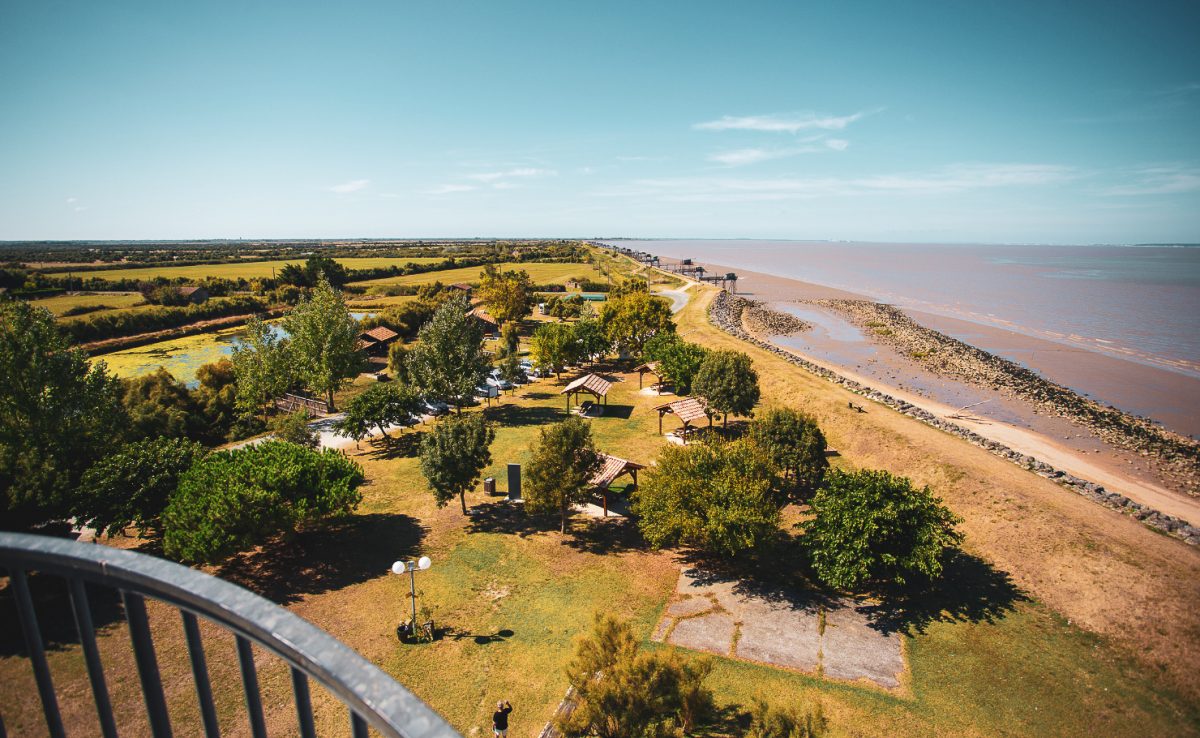
From the top of the lighthouse tower with its restored lantern, the visitor enjoys an exceptional panoramic view of the estuary, a succession of squares, the polders (or mattes) laid out by Dutch engineers in the XNUMXth century, immense flat expanses striated tamarisk hedges and ditches used to drain water. At the foot of the lighthouse, you can observe the dock where boats can park, starting point for river walks.
The panoramic dome of the Saint-Seurin church (Lamarque): a bell tower like no other
The bell tower of the Saint-Seurin church is curious in more ways than one: it has a square base, two superimposed octagonal floors and a dome that crowns the whole. On the first level, there are arched windows and a clock. A terrace, supported by brackets decorated with floral motifs, gives it the air of a fortified castle. The upper levels also have arched bays. Above is an attic with gargoyles adorned with human heads. The bell tower was erected long after the church, erected in 1837-1838, due to lack of financial resources. The architect Durassié draws the plans in 1849, work continues until 1858. In 1861, the municipal council buys the bell which is installed in the bell tower. In 1862, the steeple staircase was built. Since that date, the bell tower has had an eventful history. It has been restored several times, from 1880 to 1884 and then in 1901. The old dome, covered with zinc, was dismantled in the years 1968 due to a threat of collapse, the frame more than a century old with many weaknesses.
A new dome replaced it in 2005. The staircase leading to it, restored in 2004, is unique because it has different arrangements at each level or floor of the bell tower. Some have compared it to the one that gives access to the library of the film "The name of the Rose" by Jean-Jacques Annaud, adaptation to the screen in 1986, of the famous novel by Umberto Eco. This staircase is seductive by its fantastic and poetic side. The dome itself, covered with a lead coating and surmounted by a wrought iron cross chiselled with floral motifs, is pierced at the four cardinal points by a bull's eye, fitted with an orientation table, which offers a 360° panoramic view of the town of Lamarque, the Gironde estuary, its islands and the Médoc vineyards. The dome is a must-see attraction for thrill seekers!
The Soulac-sur-Mer Bunkers: an eloquent testimony to the Atlantic Wall at Fort des Arros
2 km from Soulac-sur-Mer, in the town of Verdon-sur-Mer, discover the naval battery of Fort des Arros, which was part of the German defense system to block access to the mouth of the Gironde! Built by the French Navy in 1938-1939, operational in August 1939, it comprises four circular concrete platforms with adjoining ammunition stores, supporting naval artillery pieces with a caliber of 164,7 mm, a telemetry, a shelter for a 150 cm projector, a shelter for a generator and a house for housing a caretaker. At the end of June 1940, German troops took possession of it, along with its artillery pieces and ammunition. It becomes a coast battery of the Kriegsmarine, well integrated into the "Atlantic Wall" network. In 1943, the Germans decided to carry out major work on the site: four casemates to house naval guns, a new telemetry station, fortified shelters to protect battery personnel and signals, two large bunkers for reserve ammunition, a new shelter and a tank for the 150 cm searchlight. There is also an infirmary, storage shelters and two casemates to house a 75 mm gun. In April 1945, after air raids and shelling by the French Navy, the site was invaded by ground troops after heavy fighting. Most of the concrete works are still there and part of the fortifications are under the sands of the dune. The Association Historique de la Poche du Nord-Médoc provides fascinating guided tours of the site. The history of the Médoc pocket, which features prominently among the highlights of the Second World War, will no longer hold any secrets for you!
But the Médoc still hides many treasures: find our favorite selection here!




